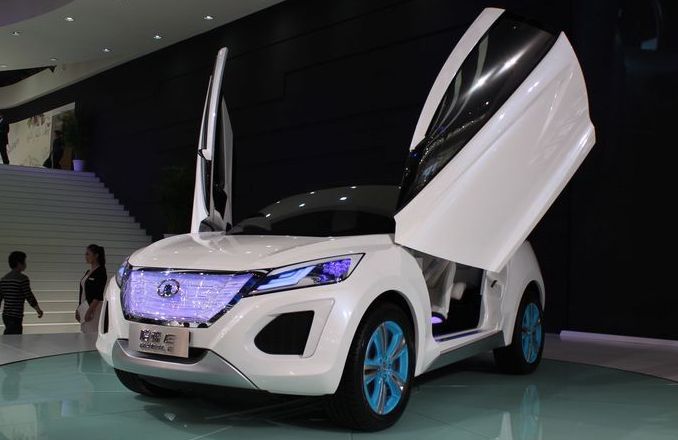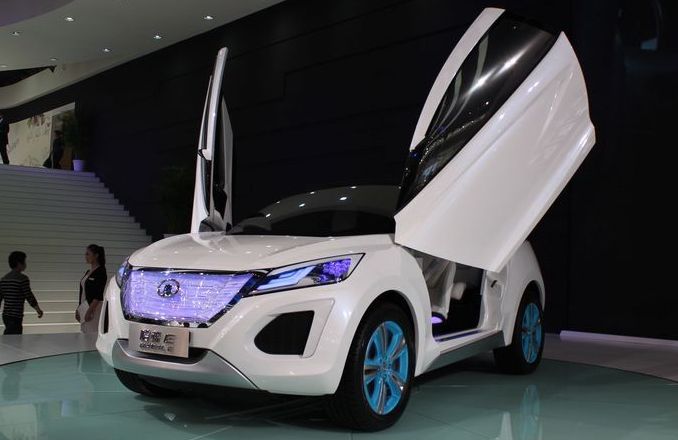
The model, known as the Haval E, is still in concept form and was launched at Auto China 2012, the international automotive exhibition in Beijing.
The styling team of the Haval E was led by GWM’s Styling Design Director, Andreas Deufel, who was with Audi and Mercedes-Benz earlier in his career. In developing the concept car, Mr. Deufel said he had been inspired by the young generation of buyers in China and gave a lot of attention to their tastes and expectations. At the same time, he felt that with the congested traffic conditions in China’s large cities, it was important to propose a compact vehicle and chose a 4390 mm overall length with a 1855 mm width.
The 1600-kg SUV sits on a shortened version of GWM’s New Generation Hybrid Power System (pictured above) which uses a lithium-ion battery pack. A 1.3-litre petrol engine with 110 bhp/220 Nm works together with a 10 kW electric motor to drive the front wheels and works with a 6-speed transmission. At the rear axle is another electric motor which has an output of 70 bhp/270 Nm, providing 4-wheel drive. It’s not clear if the drivetrain is all-wheel drive or the rear wheels are powered only when necessary.
GWM’s claims for the Haval E’s performance are a 0 to 100 km/h time of 8 seconds and a top speed of 190 km/h. It can be driven up gradients with an angle of 68% which is not surprising with a total output of 490 Nm of torque. The range on electrical power alone is said to be 80 kms, which should be enough for daily urban commuting.
While charging time is shown as 4 hours from a household socket and 2 hours from a higher powered dedicated charging point, it’s not mentioned if the Haval E has plug-in capability. The New Generation Hybrid Power System does include this which will extend the operating range significantly.




[img [/img]
[/img]
[img [/img]
[/img]
[img [/img]
[/img]
[img [/img]
[/img]
[img [/img]
[/img]
[img [/img]
[/img]
[img [/img]
[/img]
[img [/img]
[/img]
[img [/img]
[/img]
[img [/img]
[/img]
[img [/img]
[/img]
[img [/img]
[/img]
[img [/img]
[/img]